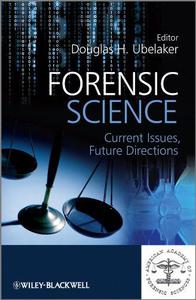 Forensic Science: Current Issues, Future Directions By Douglas H. Ubelaker (ed.)
Forensic Science: Current Issues, Future Directions By Douglas H. Ubelaker (ed.)2012 | 422 Pages | ISBN: 1119941237 | PDF | 3 MB
Co-published with the American Academy of Forensic Sciences, Forensic Science presents comprehensive international discussion of key issues and future directions within the forensic sciences. Written by accomplished and respected specialists in approximately eleven distinct areas of the forensic sciences, the volume will examine central issues within each discipline, provide perspective on current debate and explore current and proposed research initiatives.It will also provide the forensically involved international community with current in-depth perspective on the key issues in the contemporary practice of the forensic sciences.Content: Chapter 1 Introduction (pages 1-5): Douglas H. UbelakerChapter 2 General Forensics - No One else Starts until we Finish (pages 6-28): Julie Howe, Janet Barber Duval, Claire Shepard and Robert GaffneyChapter 3 Criminalistics: The Bedrock of Forensic Science (pages 29-101): Susan Ballou, Max Houck, Jay A. Siegel, Cecelia A. Crouse, John J. Lentini and Skip PalenikChapter 4 Forensic Pathology - The Roles of Molecular Diagnostics and Radiology at Autopsy (pages 102-130): James R. Gill, Yingying Tang, Gregory G. Davis, H. Theodore Harcke and Edward L. MazuchowskiChapter 5 The Places we will go: Paths Forward in Forensic Anthropology (pages 131-159): Dawnie Wolfe SteadmanChapter 6 Forensic Toxicology: Scope, Challenges, Future Directions and Needs (pages 160-178): Barry K. Logan and Jeri D. Ropero?MillerChapter 7 Odontology - Dentistry's Contribution to Truth and Justice (pages 179-210): Iain A. Pretty, Robert Barsley, C. Michael Bowers, Mary Bush, Peter Bush, John Clement, Robert Dorion, Adam Freeman, Jim Lewis, David Senn and Frank WrightChapter 8 Forensic Psychiatry and Forensic Psychology (pages 211-223): Stephen B. Billick and Daniel A. MartellChapter 9 Forensic Document Examination (pages 225-251): William M. Riordan, Judith A. Gustafson, Mary P. Fitzgerald and Jane A. LewisChapter 10 Digital Evolution: History, Challenges and Future Directions for the Digital and Multimedia Sciences Section (pages 252-291): David W. Baker, Samuel I. Brothers, Zeno J. Geradts, Douglas S. Lacey, Kara L. Nance, Daniel J. Ryan, John E. Sammons and Peter StephensonChapter 11 Global Thinking and Methodologies in Evidence?Based Forensic Engineering Science (pages 292-309): Laura L. Liptai, Adam Aleksander, Scott Grainger, Sarah Hainsworth, Ryan Loomba and Jan UnarskiChapter 12 Jurisprudence (pages 310-336): ARW Forrest and RT KennedyChapter 13 Global Forensic Science and the Search for the Dead and Missing from Armed Conflict: The Perspective of the International Committee of the Red Cross (pages 337-365): Morris Tidball?BinzChapter 14 Forensic Systems and Forensic Research: An International Perspective (pages 366-373): DN VieiraChapter 15 Summary and Conclusions (pages 374-398): Douglas H. Ubelaker
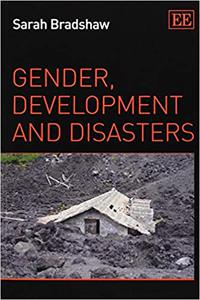


![S.T.A.L.K.E.R. 2 / STALKER 2: Heart of Chornobyl - Ultimate Edition (2024) [+UPDATE 23.12.2024 - v1.1.3] ElAmigos / Polska wersja językowa](https://i.postimg.cc/Zqd8RWGY/UZG8PBE.jpg)



































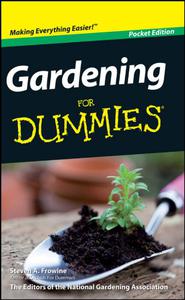
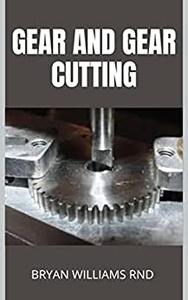
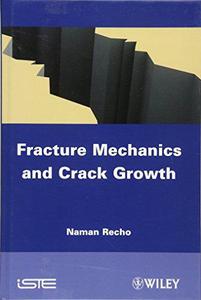
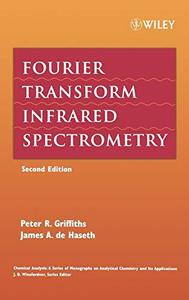
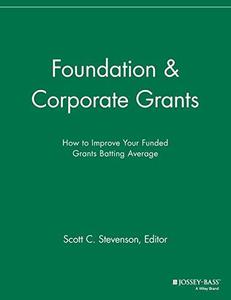

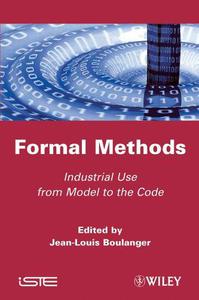

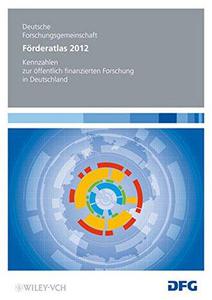







![David Gilmour - Luck and Strange (2024) [FLAC]](https://i.imgur.com/everaBc.jpeg)
![Męskie Granie Orkiestra - Męskie Granie 2024 (2024) [FLAC]](https://i.imgur.com/FAyOxrM.jpeg)
![The Rolling Stones - Hackney Diamonds (2023) [FLAC]](https://i.imgur.com/wCkyyUN.jpg)
![Lady Gaga - Harlequin (2024) [FLAC]](https://i.imgur.com/dcgIA8D.jpeg)
![Natalia Kukulska - Dobrostan (2024) [FLAC]](https://i.imgur.com/bdljG3O.jpeg)
![Kaśka Sochacka - Ta druga (2024) [FLAC]](https://i.imgur.com/hORQKvn.jpeg)
![Kuba Sienkiewicz - Pani Bóg (2024) [FLAC]](https://i.imgur.com/qijCx8Z.jpeg)
![Lanberry - Heca (2024) [FLAC]](https://i.imgur.com/8P7QfeR.jpeg)
![Sara James - PLAYHOUSE (2024) [FLAC]](https://i.imgur.com/m4f8OKg.jpeg)
![Grzegorz Hyży - EPILOG (2024) [FLAC]](https://i.imgur.com/8DA2sBr.jpeg)
![Myslovitz - WIECZORAMI CHŁOPCY WYCHODZĄ NA ULICE (2024) [FLAC]](https://i.imgur.com/l9mMtIG.jpeg)
![Krzysztof Zalewski - ZGŁOWY (2024) [FLAC]](https://i.imgur.com/vh48RAc.jpeg)
![Krzysztof Cugowski - Wiek to tylko liczba (2024) [FLAC]](https://i.imgur.com/SBzgqe2.jpeg)
![Nosowska - Kasia i Błażej (2024) [FLAC]](https://i.imgur.com/mObvVXQ.jpeg)
![sanah - Pianinkowe Kaprysy (2024) [FLAC]](https://i.imgur.com/pVjjPAa.jpeg)
![Kwiat Jabłoni - Pokaz slajdów (2023) [FLAC]](https://i.imgur.com/diERHfZ.jpg)
![Robert Cichy - Spacer po Warszawie (2024) [FLAC]](https://i.imgur.com/ixleU9o.jpeg)
![Viki Gabor - Terminal 3 (2024) [FLAC]](https://i.imgur.com/Q1KCnDs.jpeg)
![Sanah - Kaprysy (2024) [FLAC]](https://i.imgur.com/71OZm4h.jpeg)
![Męskie Granie Orkiestra - Męskie Granie 2023 (2023) [FLAC]](https://i.imgur.com/U4YHo8d.jpg)




